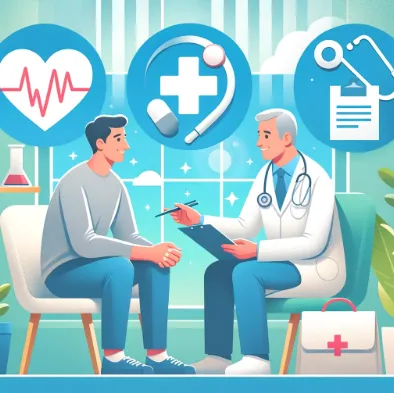
Advancing Medication-Assisted Treatment for Opioid Addiction: 2023 and Beyond
Advancing Medication-Assisted Treatment for Opioid Addiction: 2023 and Beyond

The opioid crisis remains a significant public health issue, and Medication-Assisted Treatment (MAT) has emerged as a critical tool in addressing opioid addiction. In 2023 and 2024, various studies have shed light on MAT's effectiveness and the future of opioid addiction treatment.
The Effectiveness of MAT Pathways
A study published in JAMA Network Open explored the comparative effectiveness of different treatment pathways for opioid use disorder (OUD). The research highlighted that treatment with buprenorphine or methadone significantly reduced overdose and serious opioid-related acute care use compared to other treatments. This underscores the need for strategies to improve the use of MAT, which remains underutilized (JAMA Network).
MAT in Rural Areas
In rural Colorado, a pilot program increased the number of nurse practitioners and physician assistants providing medication-assisted treatment for opioid use disorders. The program led to a significant reduction in substance use, including heroin and prescription opioids, among patients after six months of treatment (BioMed Central).
Recent Developments in MAT
Several recent developments have broadened access to MAT programs. For example, the American Medical Association (AMA) has focused on expanding access to medications for opioid use disorder, benefiting various patient populations. The AMA highlights the importance of evidence-based approaches, such as MAT, to address addiction and promote recovery (American Medical Association). A systematic review by RAND also emphasized the positive effects of MAT on functional outcomes, including cognitive, physical, and social/behavioral functions (RAND).
Policy Changes and Grants for MAT
The U.S. Department of Health and Human Services (HHS) has distributed $47.8 million in grant funding to expand access to medications for opioid use disorder and address overdose and substance use issues (SAMHSA). The Centers for Disease Control and Prevention (CDC) has also highlighted MAT as a crucial component of addressing the opioid crisis, emphasizing its effectiveness in reducing overdose deaths (CDC). Additionally, changes in regulations now allow for remote initiation of MAT via telehealth, making it easier for patients to access life-saving treatments (Perspectives in Primary Care) (Foley & Lardner LLP).
The Gap in MAT Utilization
Despite the effectiveness of MAT, a significant treatment gap remains. In 2021, only 22% of adults with opioid use disorder received medications for it. This gap underscores the need for continued efforts to improve access and reduce barriers to MAT, especially through telehealth services (National Institute on Drug Abuse).
In conclusion, recent studies and policy changes have highlighted the importance of MAT in combating opioid addiction. The evolving landscape of MAT programs offers hope for improving treatment accessibility and effectiveness, particularly through innovative delivery methods like telehealth.
Contact US Today if you or a loved one needs help fighting their addiction with Opioids.
Dr. Lwin / HWOANY
1-888-996-LWIN (5946)